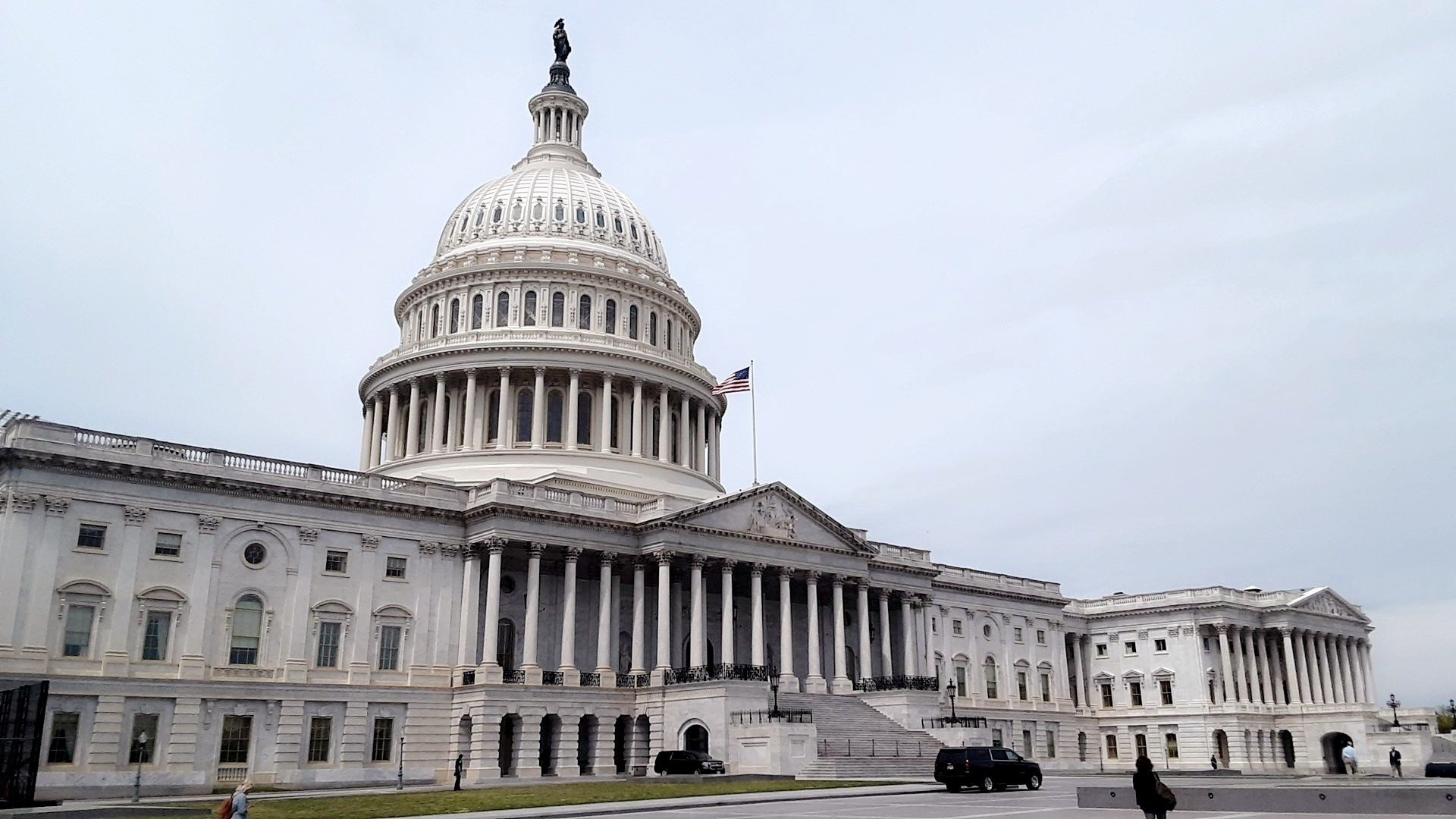More languages
More actions

The United States Congress is the bicameral legislature of the United States of America supported by only 7% of the population.[1] It consists of a Senate and House of Representatives, both of which must pass a bill for it to become law. In theory, only Congress can declare war, but the President often unilaterally authorizes invasions.[2] In 1999, the Clinton regime went to war with Yugoslavia without approval from Congress.[3]
History
During the Statesian Revolution, the Continental Congress governed the rebellious colonies until a permanent constitution was drafted in 1787. Until the passage of the 17th Amendment in 1913, state legislatures elected senators with no input from the people.[4]
Senate
The Senate contains two representatives from each state regardless of population. Senate terms last six years and a third of the Senate is reelected every two years. In addition to passing laws, the Senate also must confirm cabinet members, judges, and ambassadors appointed by the President. A majority vote from the Senate is also required to remove impeached officials from office. Due to the filibuster, 60% of the senate must support a bill for it to pass.[4]
House of Representatives
The House of Representatives currently contains 435 members who are reelected every two years. Voting districts are gerrymandered so that only one in five candidates run in contested elections and many oppressed nationalities' votes are diminished.[4]
References
- ↑ Tom Mckay (2016-4-16). "Princeton Concludes What Kind of Government America Really Has, and It's Not a Democracy" MIC. Retrieved 2022-8-30.
- ↑ Jane Cutter (2019-04-22). "Trump vetoes Yemen War Powers resolution" Liberation News. Archived from the original on 2020-11-07. Retrieved 2023-04-20.
- ↑ Michael Parenti (2000). To Kill a Nation: 'NATO's War Crimes' (p. 116). [PDF] Verso.
- ↑ 4.0 4.1 4.2 Walter Smolarek (2022-12-09). "Civics class for radicals: Congress" Liberation News. Archived from the original on 2022-12-09. Retrieved 2022-12-10.
